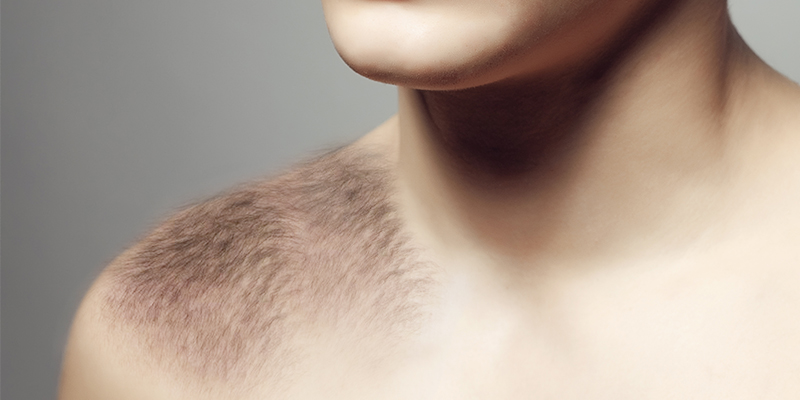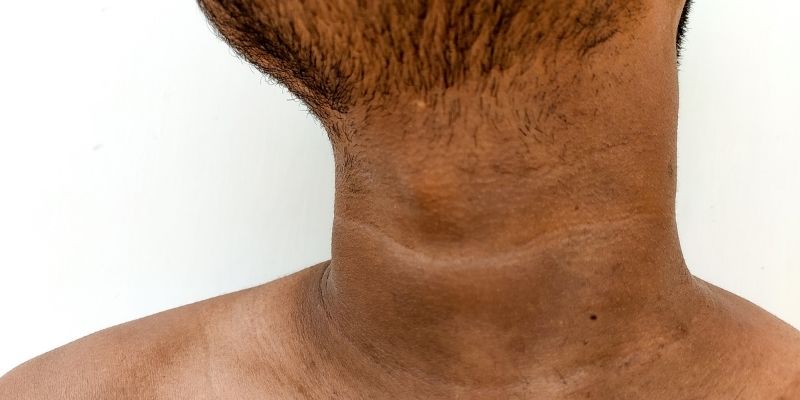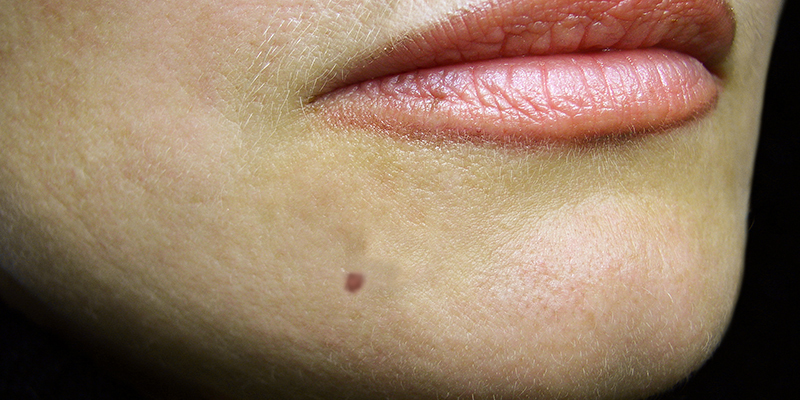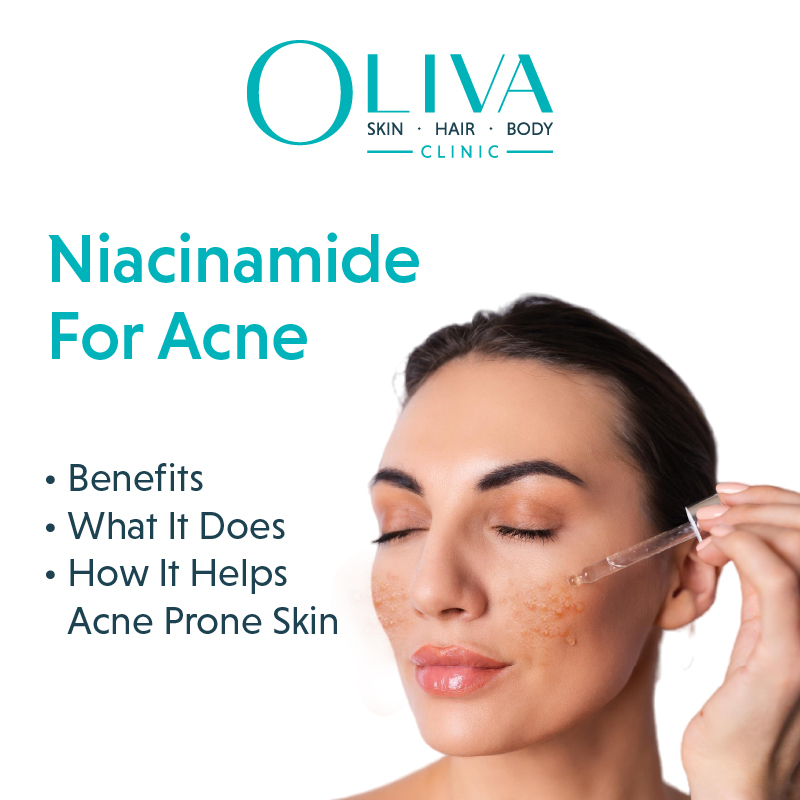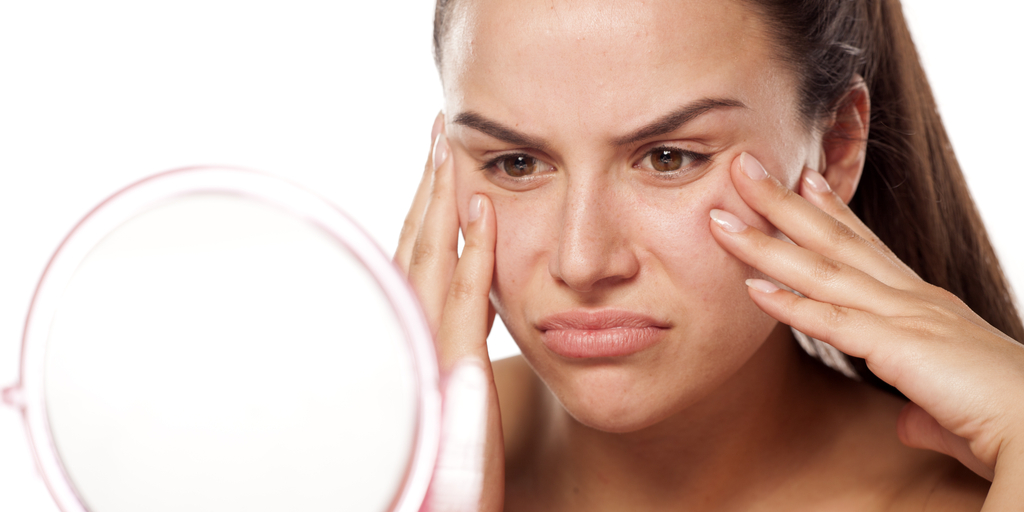What Is Becker’s Nevus And How To Treat It?
Becker’s nevus condition can be very embarrassing and is capable of blowing your self-confidence away. This Becker’s nevus syndrome is often associated with other abnormalities, and thus it is very important to clinically treat this condition by consulting a qualified cosmetic Dermatologist and Trichologist.
What Is Becker’s Nevus?
Becker’s Nevus, also known as Becker’s pigmentary hamartoma, pigmented hairy epidermal nevus, Becker’s melanosis, and nevoid melanosis, is a common skin condition mostly affecting men. It can be congenital or can begin developing right after puberty.
In the initial stages, a nevus, a large, brown birthmark-like spot of irregular pigmentation, appears either on the shoulders or on the upper trunk. It gradually enlarges, thickens, and sometimes becomes hairy. In some cases, it might develop on other body parts.
Though there is no permanent cure for it, there are treatments available that can help you treat Becker’s Nevus.
Also Read: Laser Toning To Treat Becker’s Nevus
Symptoms Of Becker’s Nevus
Here are some of the common symptoms of Becker’s Nevus:
- An irregular pigmented patch that forms around puberty, usually seen on the trunk and upper extremities.
- Excess hair growth on the nevus
- Occasional development of acne
Also Read: What Is Spider Angioma?
What Causes Becker’s Nevus
Although the causes of the formation of Becker’s nevus are relatively unknown, research suggests that it is due to genetic mutation.
So, the probable causes are –
- Etiology – The exact etiology of Becker’s nevus is uncertain. It is considered to be androgen dependent as it becomes more prominent after puberty. It is more common with men and manifests with increased hairiness on the patch. Sun exposure may make the lesions appear darker.
- Associations – Becker’s nevus may rarely be associated with certain tissue and skeletal abnormalities, including breast hypoplasia, extra nipples, and certain skeletal abnormalities. Other relevant conditions could be spine abnormalities, limb asymmetry, scepular bones, decreased hairiness in the armpit of the same side, nipple abnormalities etc. There are also reports of familial cases of Becker’s melanosis.
- Various associated abnormalities include Scoliosis, limb asymmetry, vertebral anomalies, facial asymmetry, fused or accessory ribs, accessory scrotum, asymmetry of the scapulae, decreased hairiness of the ipsilateral axilla, and supernumerary nipples.
Also Read: What Causes Nevus Depigmentosus?
How Is Becker’s Nevus Diagnosed?
The nevus is usually a brown, hairy, deeply-pigmented (tan or brown) patch mostly on the shoulder or upper trunk of the body.
In rare cases, it can be present on both sides of the upper body, or other parts of the body (e.g. lower limbs).
Treatments For Becker’s Nevus Removal
Treatment is performed for cosmetic reasons. The following treatments may be effective:
1) Laser Treatment
The Becker’s nevus laser treatment has two goals – the removal of excess hair and reduction of the hyperpigmentation.
- Long-pulsed Alexandrite (755nm) lasers are known to work effectively on both hypertrichosis and hyperpigmentation, as the heat energy generated by the laser penetrates the deeper layers of the skin and is easily absorbed by the melanin chromophores present in the skin and hair. The success rates of laser therapy are variable.
- Q-switched ruby and Nd:YAG lasers – Q-switched ruby and Q-switched Nd:YAG targets the epidermal and dermal melanin without damaging or causing any harm to the epidermis. The Q-switched ruby laser has proved to be successful in treating both hyperpigmentation and hypertrichosis. However, re-pigmentation was a widely-reported problem caused by the persistence of hair follicle melanocytes.
- Fractional Laser Resurfacing – Carbon dioxide or erbium YAG lasers are used to resurface the thick and pigmented skin by using the heat energy layer by layer, and this treats the skin discolouration. To nullify the damage caused by the thermal energy, pulsed and scanned CO2 systems are added, to remove layers in a controlled manner. Fractional resurfacing lightens pigmentation safely and effectively, but it is ineffective on hypertrichosis.
Thus, a combination approach with different laser technologies in a sequential manner over time have shown a considerable but variable amount of clinical improvement.
In some cases, after treating the pigmentation and excessive hair growth via Q-switched Nd:YAG laser or fractional resurfacing, standard acne therapies are also required along with sun protection.
2) Laser Toning
Laser toning uses heat energy from non-ablative lasers to break down pigmented cells of the target tissue. The laser’s energy penetrates the skin and dissevers the pigment cells, thus dissolving inside the tissue and diminishing the amount of pigmentation. This method can be useful for relatively milder pigmentation.
Becker’s nevus, in most cases, is too big to be surgically removed. Therefore, different types of laser systems are used to treat both the pigmentation and the hair problems.
Disclaimer:
This article provides medical information about various procedures for awareness purposes only. We want to help you know about the various treatment options beyond the services available at Oliva Skin & Hair Clinic. We request you weigh the pros and cons of these aesthetic practices and make an informed decision about your skin and hair health.
Also Read: Laser Pigmentation Treatments That Really Work
3) Other Treatments
Becker’s Nevus syndrome causes two problems – Excessive hair and pigmentation. The topical skin lightening creams that are available over the counter are ineffective. You can deal with the excessive hair problem through –
- Laser hair removal – Multiple sessions with advanced laser technology is used to get rid of excess unwanted hair by targeting the pigment in the hair. Lasers destroy the hair follicles and render further hair growth ineffective.
- Electrolysis – This process helps in removing the excessive hair growth on the affected patch of the body with heat and electrical energy.
- Shaving – This process helps in temporarily removing excessive hair from the body using hot wax.
Also Read: How To Treat Nevus Of OTA?
Laser Vs Plastic Surgery For Becker’s Nevus
Traditional surgical approaches do not work to treat or remove Becker’s nevus. They tend to be unsuccessful or cause significant scarring. Plastic surgery may help the appearance of the patches, but it doesn’t always work. Furthermore, laser therapy is considered to be more effective and safer than surgical procedures.
Laser technology provides a clinical solution to reduce both hyperpigmentation and hypertrichosis. Lasers show some improvement in the cosmetic appearance of lesions caused by Becker’s Nevus.
Frequently Asked Questions
Our certified subject matter experts do extensive research and collate facts from reputed scientific journals and international studies to create informative and engaging articles related to all your dermatology concerns. They strive to help you decipher medical jargon, distinguish fact from fiction and overcome paranoia. Our qualified medical board or expert panel goes a step further to verify these facts based on their rich academic knowledge, vast clinical experience and critical industry insights to ensure you consume only medically accurate content that empowers you to make informed decisions about your hair and skin-care treatments and weight management. Check out our Editorial policy for further details
https://rarediseases.info.nih.gov/diseases/5901/beckers-nevushttps://www.ncbi.nlm.nih.gov/pmc/articles/PMC3461803/
https://www.ncbi.nlm.nih.gov/pmc/articles/PMC2840912/
https://www.ncbi.nlm.nih.gov/books/NBK435999/




